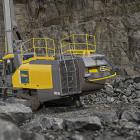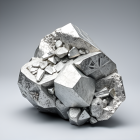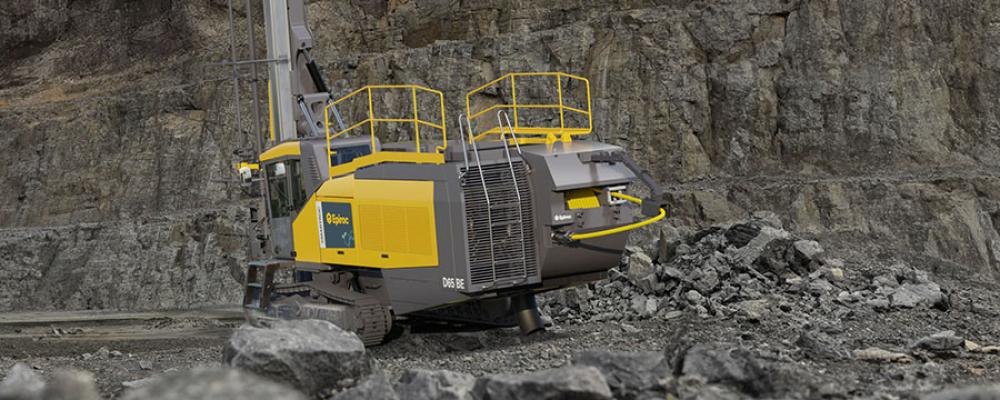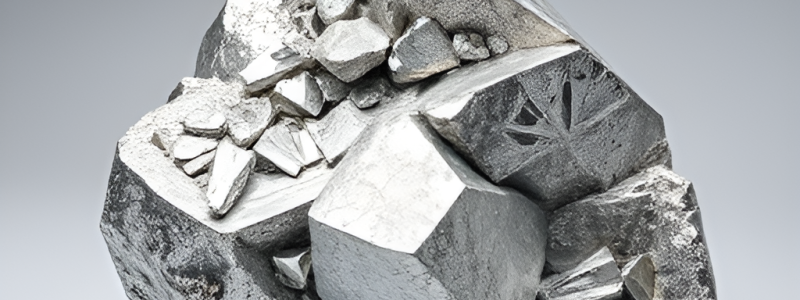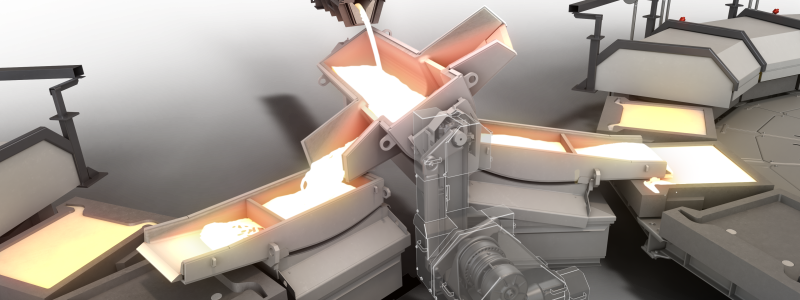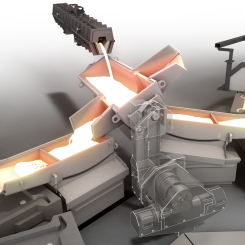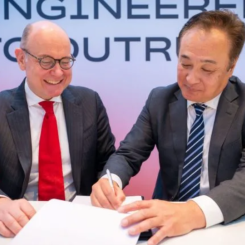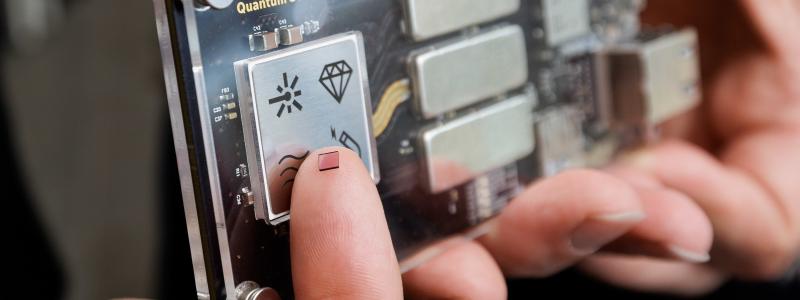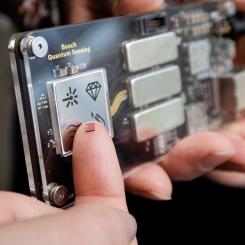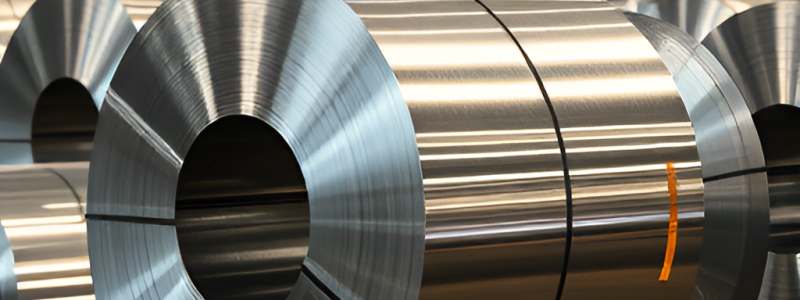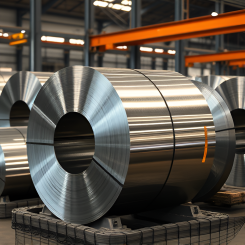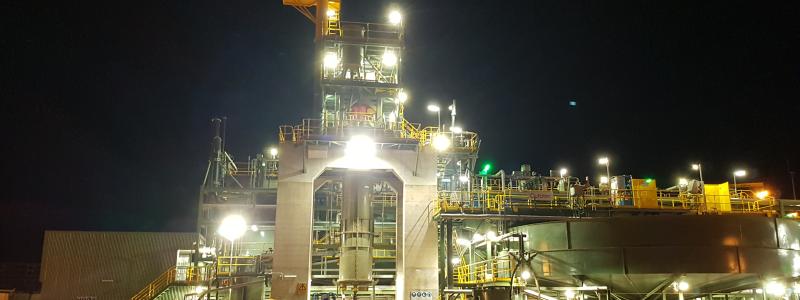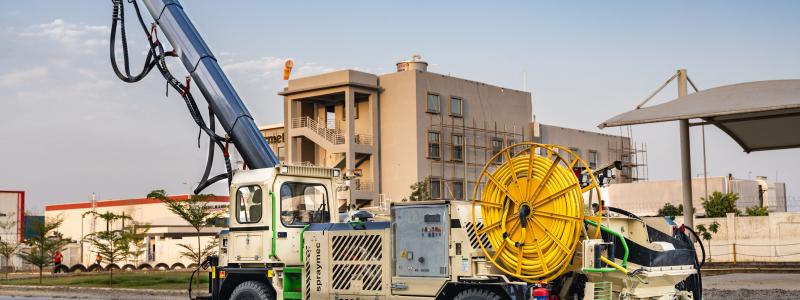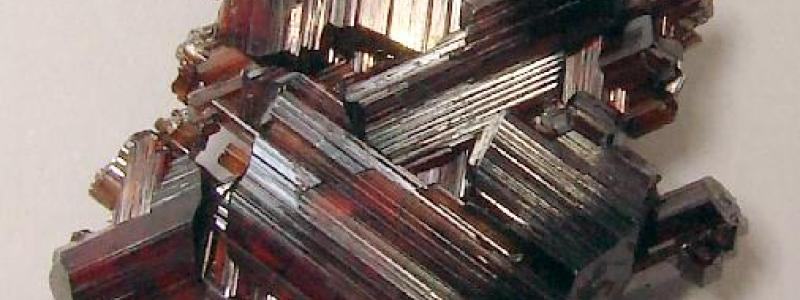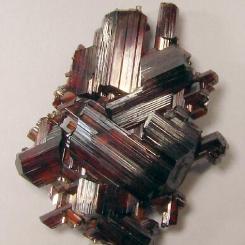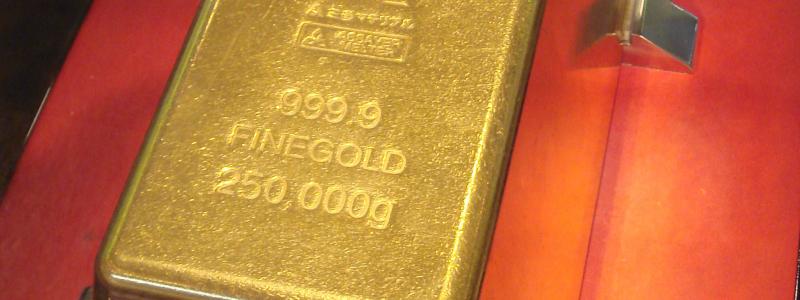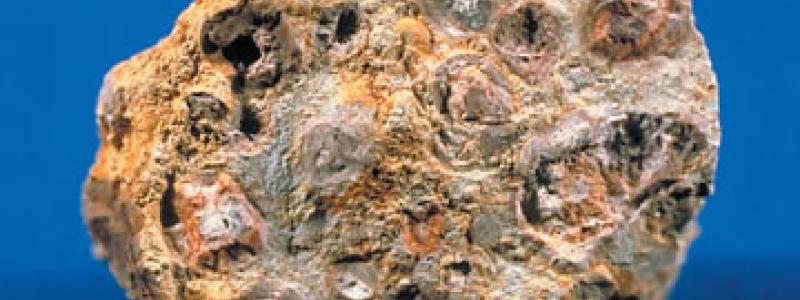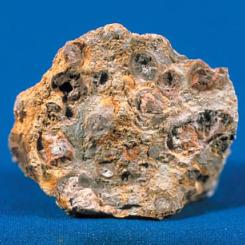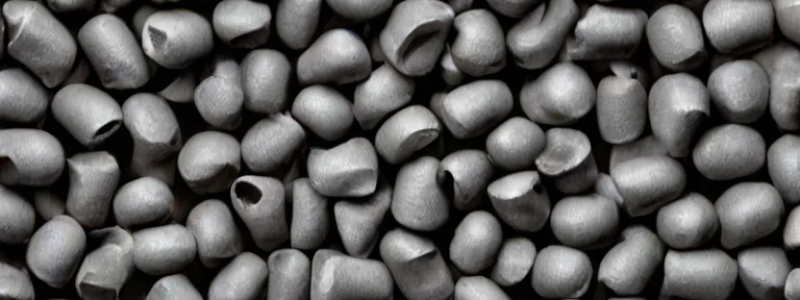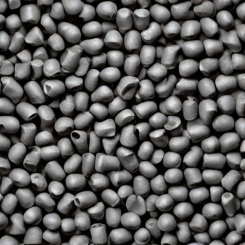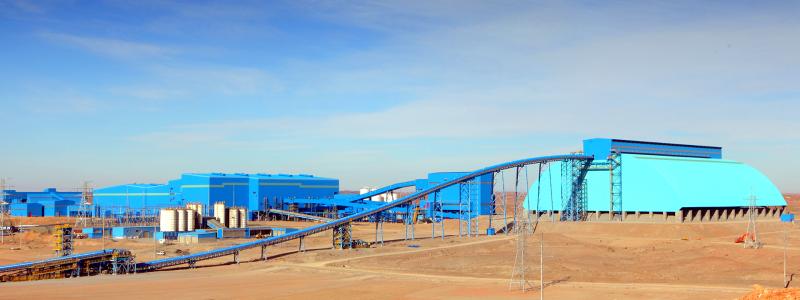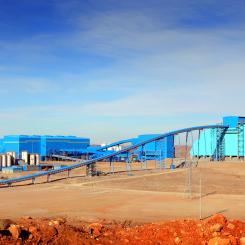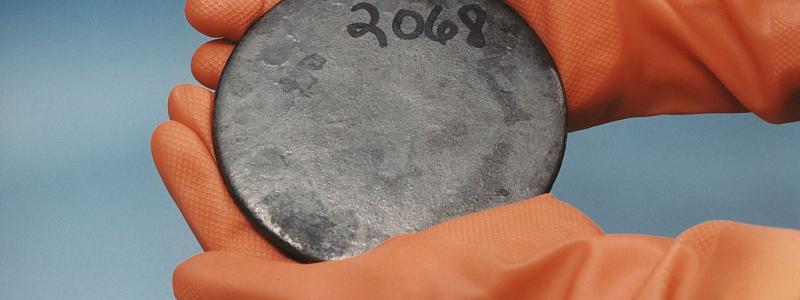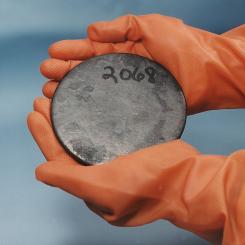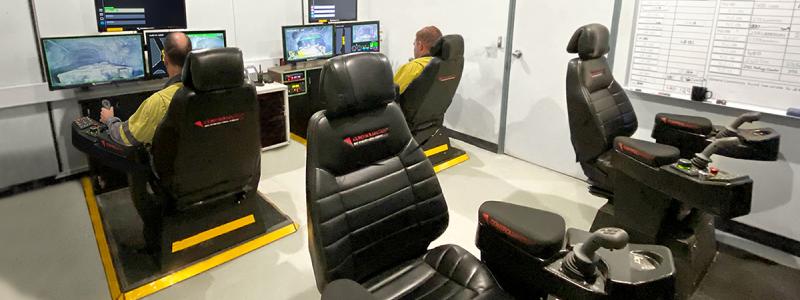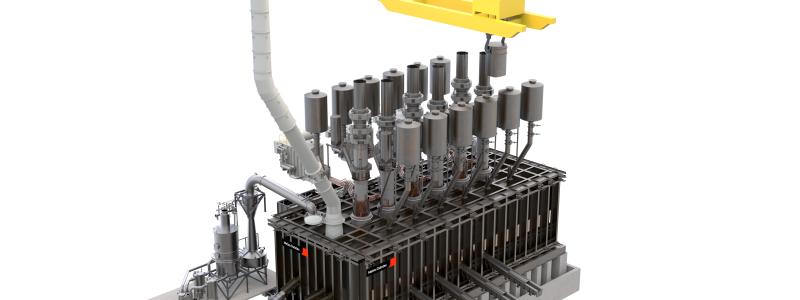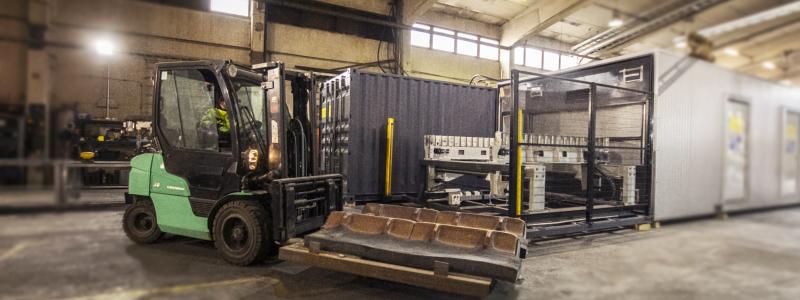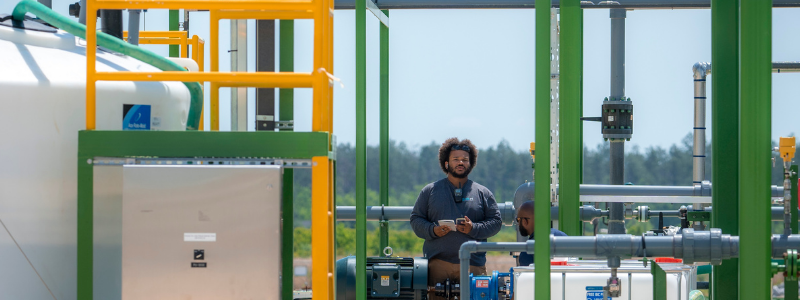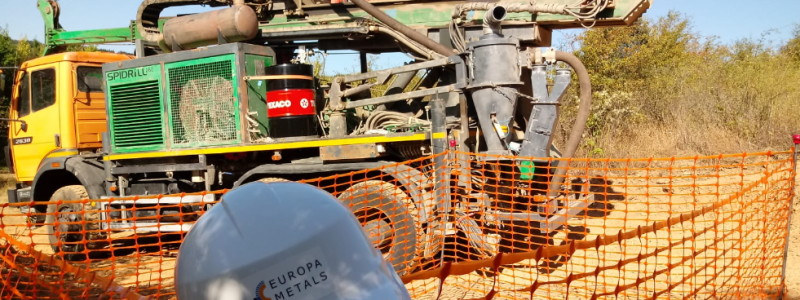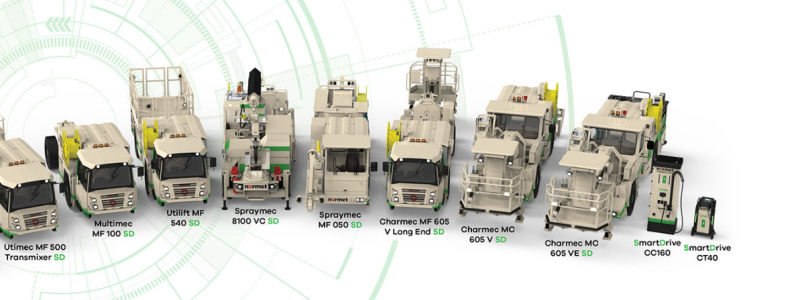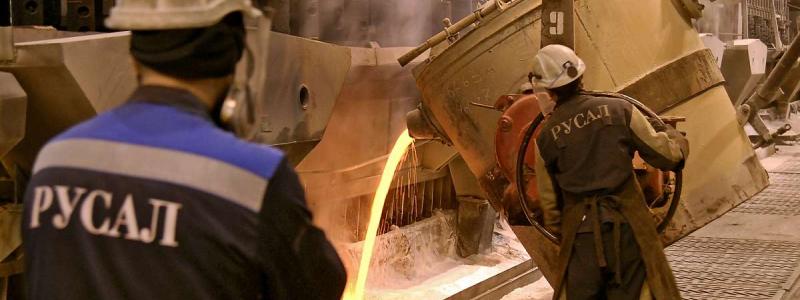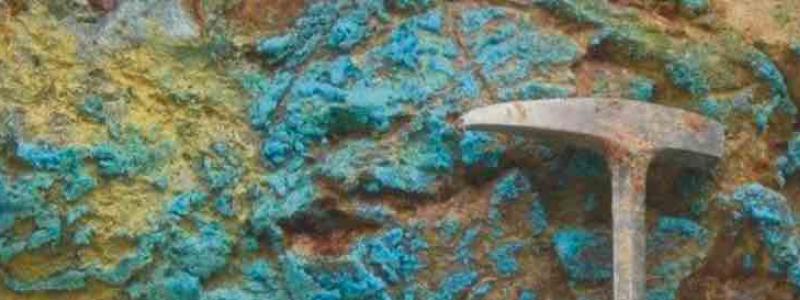A research team led by the University of California San Diego has discovered the root cause of why lithium metal batteries fail -- bits of lithium metal deposits break off from the surface of the anode during discharging and are trapped as "dead" or inactive lithium that the battery can no longer access.
The discovery, published Aug. 21 in Nature, challenges the conventional belief that lithium metal batteries fail because of the growth of a layer, called the solid electrolyte interphase (SEI), between the lithium anode and the electrolyte. The researchers made their discovery by developing a technique to measure the amounts of inactive lithium species on the anode -- a first in the field of battery research -- and studying their micro- and nanostructures.
The findings could pave the way for bringing rechargeable lithium metal batteries from the lab to the market.
"By figuring out the major underlying cause of lithium metal battery failure, we can rationally come up with new strategies to solve the problem," said first author Chengcheng Fang, a materials science and engineering PhD student at UC San Diego. "Our ultimate goal is to enable a commercially viable lithium metal battery."
Lithium metal batteries, which have anodes made of lithium metal, are an essential part of the next generation of battery technologies. They promise twice the energy density of today's lithium-ion batteries (which usually have anodes made of graphite), so they could last longer and weigh less. This could potentially double the range of electric vehicles.
But a major issue with lithium metal batteries is low Coulombic efficiency, meaning they undergo a limited number of cycles before they stop working. That's because as the battery cycles, its stores of active lithium and electrolyte get depleted.
Battery researchers have long suspected that this is due to the growth of the solid electrolyte interphase (SEI) layer between the anode and the electrolyte. But although researchers have developed various ways to control and stabilize the SEI layer, they still have not fully resolved the problems with lithium metal batteries, explained senior author Y. Shirley Meng, a nanoengineering professor at UC San Diego.
"The cells still fail because a lot of inactive lithium is forming in these batteries. So there is another important aspect that is being overlooked," Meng said.
The culprits, Meng, Fang and colleagues found, are lithium metal deposits that break off of the anode when the battery is discharging and then get trapped in the SEI layer. There, they lose their electrical connection to the anode, becoming inactive lithium that can no longer be cycled through the battery. This trapped lithium is largely responsible for lowering the Coulombic efficiency of the cell.
Measuring the ingredients of inactive lithium
The researchers identified the culprit by creating a method to measure how much-unreacted lithium metal gets trapped as inactive lithium. Water is added to a sealed flask containing a sample of inactive lithium that formed on a cycled half-cell. Any bits of unreacted lithium metal chemically react with water to produce hydrogen gas. By measuring how much gas is produced, researchers can calculate the amount of trapped lithium metal.
Inactive lithium is also made up of another component: lithium ions, which are the building blocks of the SEI layer. Their amount can also be calculated simply by subtracting the amount of unreacted lithium metal from the total amount of inactive lithium.
In tests on lithium metal half-cells, researchers found that unreacted lithium metal is the main ingredient of inactive lithium. As more of it forms, the lower the Coulombic efficiency sinks. Meanwhile, the amount of lithium ions from the SEI layer consistently stays low. These results were observed in eight different electrolytes.
"This is an important finding because it shows that the primary failure product of lithium metal batteries is unreacted metallic lithium instead of the SEI," Fang said. "This is a reliable method to quantify the two components of inactive lithium with ultra-high accuracy, which no other characterization tool has been capable of doing."
From the University of California, San Diego, Original written by Liezel Labios.

